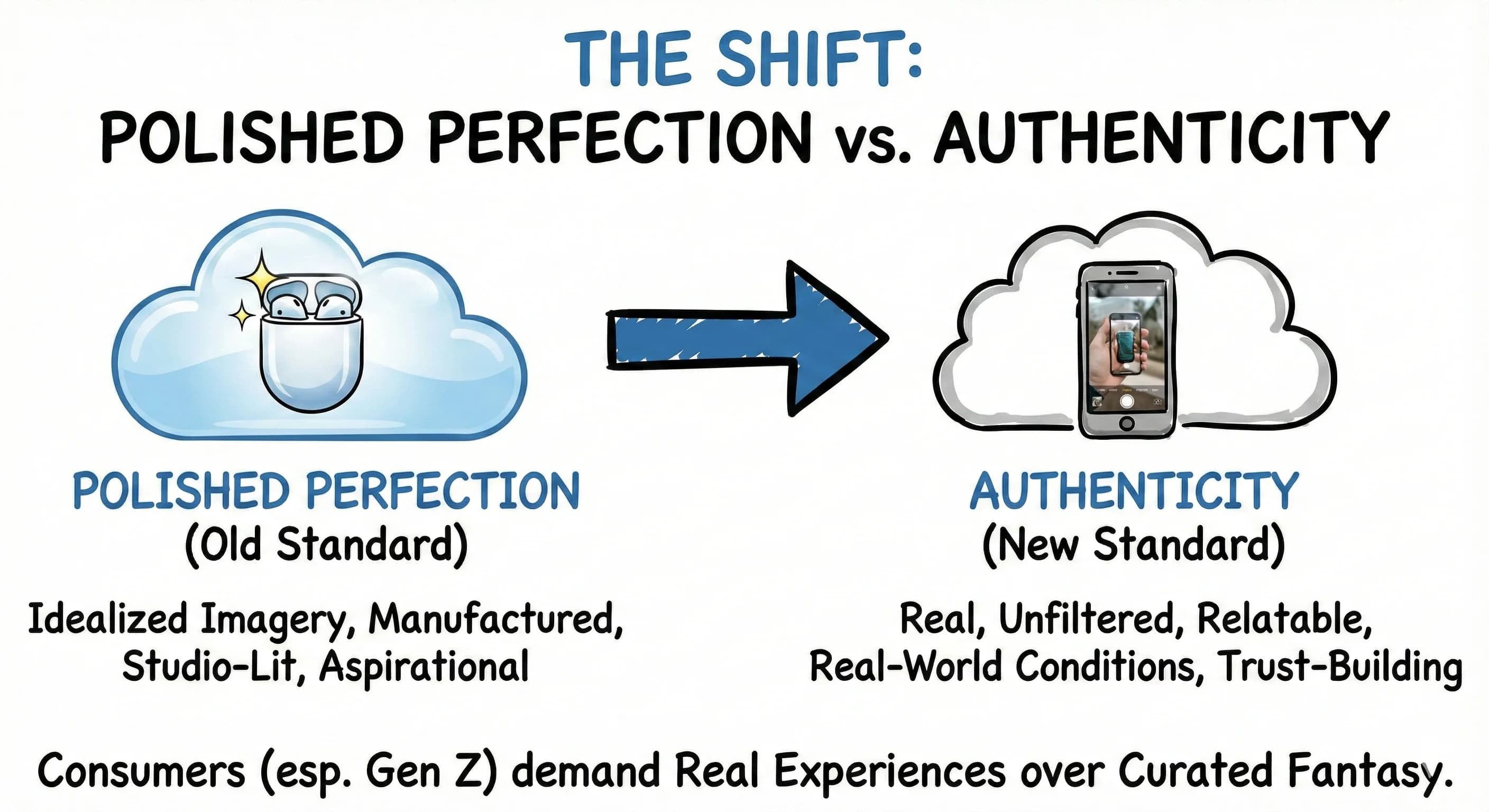Why Authenticity in Content Creation Is Crushing Polished Perfection
Discover why authenticity beats polished perfection in today's digital landscape. Learn how content creators build trust through genuine, relatable content.
•5 min read
Details
Topic:

Loading content...

